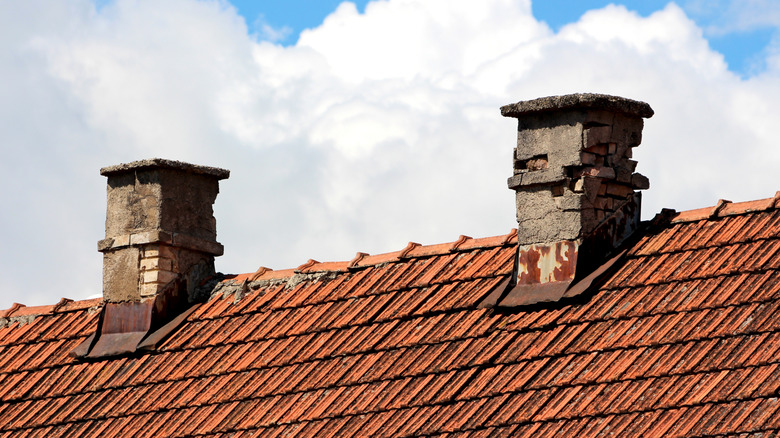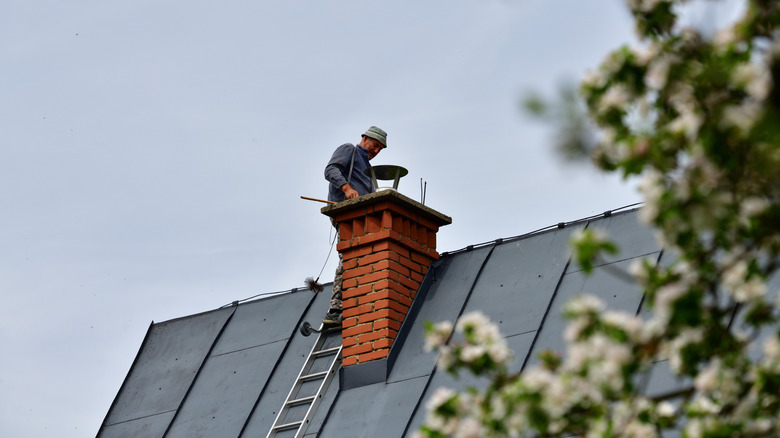Why Do Chimneys Get Rusty And How Can You Prevent It?
Chimneys are built to take on tough days, to say the least. They tackle everything from freezing climates, humidity, and precipitation to nesting wildlife, high winds, and scorching sunlight. So to say, these home exhaust systems are constructed with toughness being a baseline requirement. However, they can develop a chink in their armor in the form of rust stains. Rust stains are a chimney's cry for help and shouldn't be ignored.
Rust occurs when metals containing iron encounter moisture. On chimneys, rust is usually the result of water damage. Visually, it appears as a dark orange stain on metal surfaces, though it may bleed onto other areas. And the more iron a metal contains, the more severe the rust can be. As you may already know, many parts of a chimney, such as the cap cover, damper, flashing, and flue liner, often contain metal. This explains why you may see rust on a chimney's top and sometimes running down the masonry that encloses the flue.
Rust can slowly eat away at your chimney, causing further damage the longer it goes without repair. A chimney repair can cost roughly $455 on average, but costs can vary depending on the extent of the damage, such as the number and type of components that are damaged beyond repair. Still, rust doesn't have to take over your chimney or force you to hire a chimney sweep. There are ways to prevent it, many of which will cost you significantly less than the total cost of hiring a chimney repair professional.
Ways to prevent chimney rust
It may be common to assume that simply keeping your chimney clean is all that's needed to maintain it, but it's not. When it comes to preventing rust stains and water damage, one of the best things you can do for your chimney is schedule annual inspections with a professional. They clean your chimney, detect potential problems, and even apply waterproofing solutions. This more proactive approach can help you catch smaller issues early, before they develop into bigger, more costly ones.
Sometimes the chimney cap (also known as a rain cap) can become rusty or corroded, leaving the chimney opening susceptible to water damage, precipitation, and invading wildlife. These caps, which have a solid metal top and mesh sides, can also blow off in extreme weather conditions. Replacing them is crucial to minimizing and preventing rust. The size and design of your chimney will determine the cost of the cap, though a 6-by-6-inch option can range from $50 to $250.
Another way to help prevent chimney rust issues is to replace or repair a faulty or missing chimney crown. The crown is the slab of cement built on top of a chimney's flue. It helps to direct water away from the chimney opening and toward the home's gutters. However, over time they can become cracked or damaged, which can result in water entering the chimney's mouth and making contact with metal components, such as the flue. Also, in some cases, a crown can be improperly built. For example, it may lack a slope or an overhang, both of which can result in water being misdirected back to the chimney, resulting in potential water damage.

